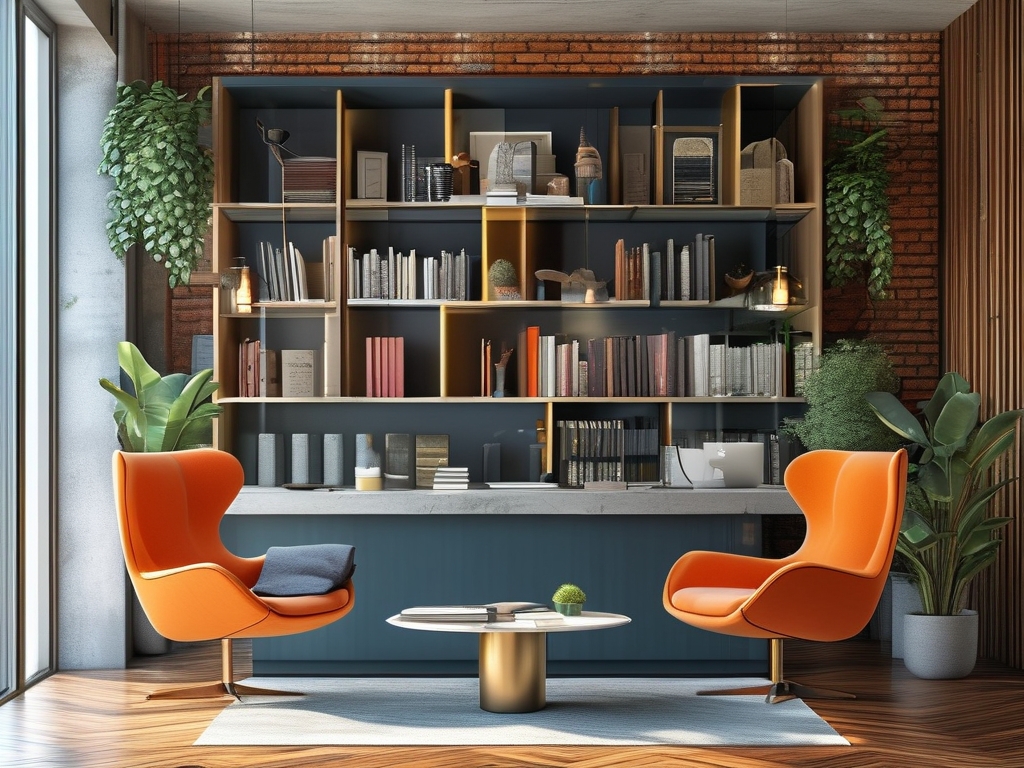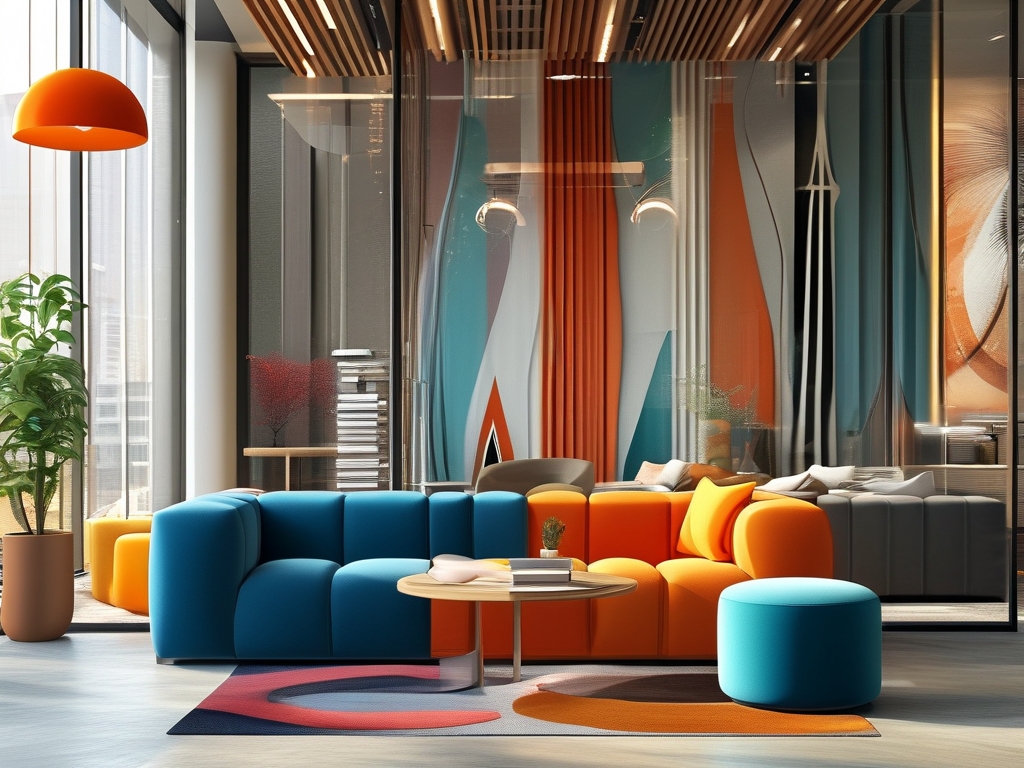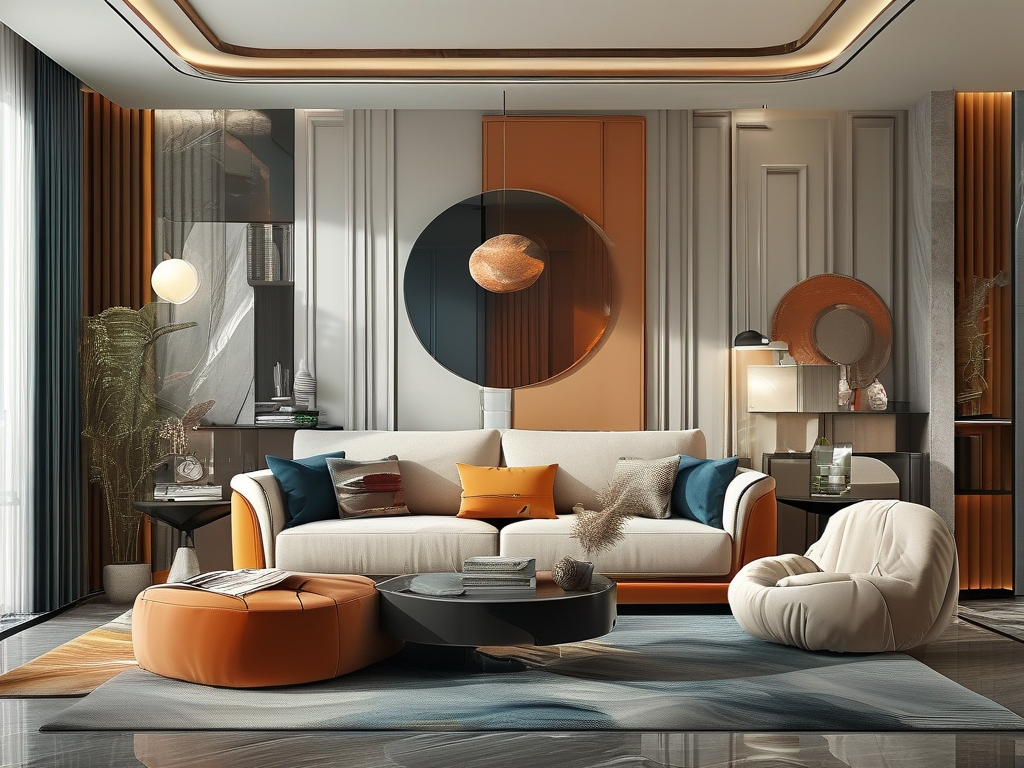In today’s digitally driven world, interaction designers play a pivotal role in shaping how users engage with products, services, and systems. From mobile apps to smart home devices, their work bridges the gap between human needs and technological innovation. But where do these creative professionals typically work? What companies prioritize hiring interaction designers, and what do these roles entail? This article dives into the industries and organizations that value interaction design expertise, highlighting notable names and the impact these designers have within their teams.
The Rise of Interaction Design
Interaction design (IxD) focuses on creating meaningful, intuitive experiences between users and digital or physical products. Unlike traditional UX designers, who often concentrate on broader user journeys, interaction designers zoom in on micro-interactions—think button animations, gesture controls, or voice command feedback. As technology evolves, companies across sectors recognize the need for specialists who can refine these details to enhance usability and satisfaction.
Tech Giants: Leading the Charge
Unsurprisingly, major technology companies are among the top employers of interaction designers. Firms like Google, Apple, Microsoft, and Meta (Facebook) invest heavily in crafting seamless user experiences. For example:
- Google’s Material Design team relies on interaction designers to standardize visual and motion patterns across Android and web platforms.
- Apple emphasizes minimalistic yet responsive interfaces, with interaction designers ensuring that every swipe, tap, or haptic feedback aligns with the brand’s ethos.
- Microsoft’s Fluent Design System integrates interaction principles to unify experiences across Windows, Xbox, and HoloLens.
These companies often seek designers with expertise in prototyping tools like Figma or Adobe XD, coupled with a strong grasp of accessibility standards and cross-platform consistency.
Design Agencies and Consultancies
Beyond in-house roles, many interaction designers thrive at agencies that serve multiple clients. Firms like IDEO, Frog Design, and R/GA specialize in human-centered design, offering interaction design services to startups, enterprises, and nonprofits. For instance:
- IDEO famously blends interaction design with behavioral psychology to solve complex problems, such as improving healthcare interfaces or reimagining retail experiences.
- Frog Design works with global brands like Samsung and Disney to create cohesive digital-physical interactions, from apps to IoT devices.
Agency roles suit designers who enjoy variety, as projects span industries and require rapid adaptation to new user demographics.

Startups and Scale-Ups
Innovative startups, particularly in fintech, healthtech, and edtech, prioritize hiring interaction designers early in their growth. Companies like Robinhood, Calm, and Duolingo attribute their success partly to intuitive interfaces that retain users. At startups, interaction designers often wear multiple hats—collaborating with product managers, developers, and marketers to iterate quickly based on user feedback. Equity stakes and flexible work cultures make these roles appealing to risk-tolerant creatives.
Automotive and IoT Industries
As cars and home devices become “smarter,” automakers and IoT companies are expanding their design teams. Tesla, BMW, and Philips Hue hire interaction designers to refine touchscreens, voice assistants, and connected ecosystems. For example, Tesla’s in-car interface requires designers to balance safety, aesthetics, and functionality—a challenge unique to the automotive sector.
Gaming and Entertainment
Gaming studios like Electronic Arts (EA) and Ubisoft employ interaction designers to enhance player engagement through intuitive menus, controller feedback, and AR/VR interactions. Streaming platforms like Netflix and Spotify also rely on interaction designers to personalize recommendations and streamline navigation.
Freelancing and Remote Work
With the rise of remote work, many interaction designers opt for freelance careers via platforms like Upwork or Toptal. Others join distributed teams at companies like Automattic (behind WordPress) or InVision, which operate fully remotely. This flexibility appeals to designers seeking work-life balance or niche projects.
Skills and Qualifications
While company names vary, most employers look for:
- Proficiency in design tools (Sketch, Figma, ProtoPie).
- Understanding of motion design and prototyping.
- Knowledge of HTML/CSS (a plus for collaborating with developers).
- Portfolio showcasing problem-solving through interaction design.
Degrees in interaction design, HCI, or graphic design are common, but self-taught professionals with strong portfolios increasingly break into the field.
The Future of Interaction Design
Emerging technologies like AI, VR, and voice interfaces will expand opportunities for interaction designers. Companies at the forefront of these trends—such as OpenAI, Oculus, and Amazon Alexa—will continue to seek talent who can humanize complex systems.

In , interaction designers find homes in diverse organizations, from tech titans to indie startups. Their ability to blend creativity with technical empathy ensures their skills remain in high demand—no matter the company’s name.


